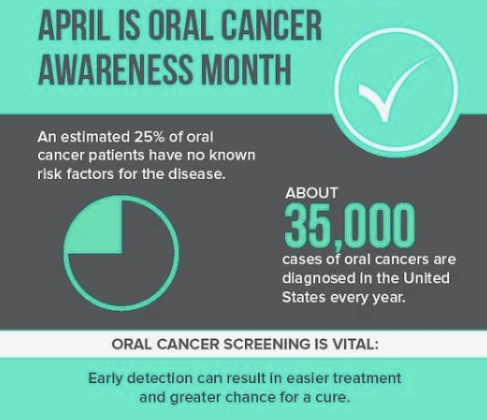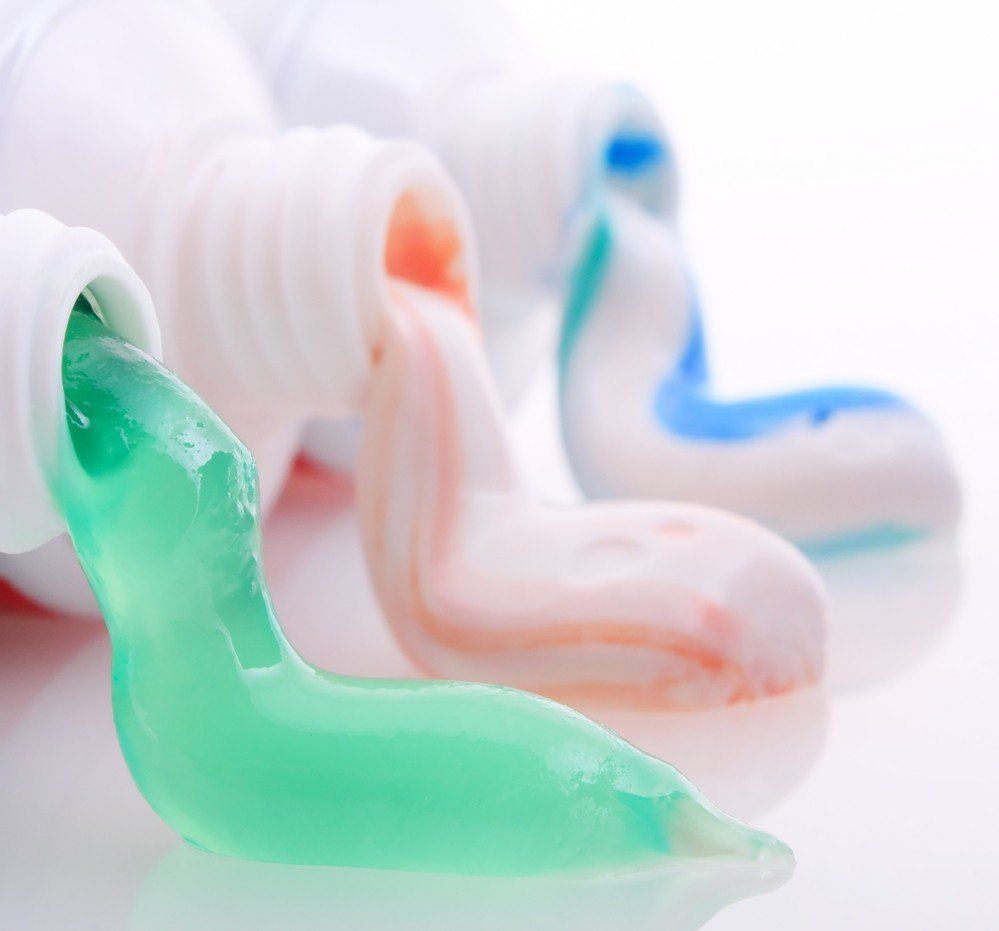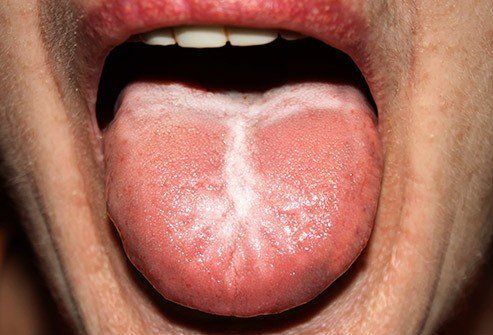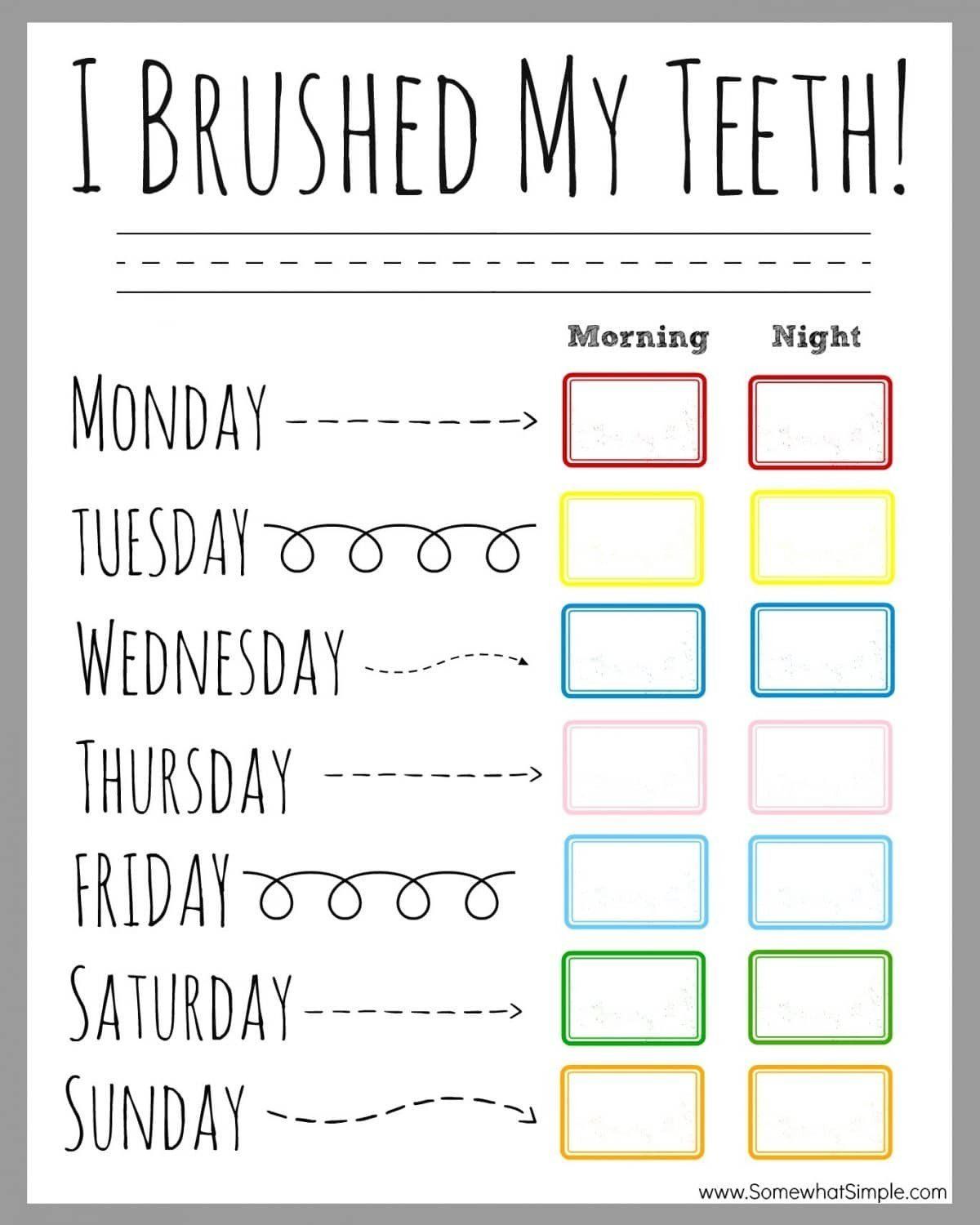Sugar-Free Sodas, Candy Can Still Damage Teeth
- By Joel Snyder
- •
- 13 Sep, 2016
- •
But, researchers add that there are easy ways to prevent lasting harm
Even sugar-free sodas, sports drinks and candy can damage your teeth, a new study warns.
Australian researchers tested 23 sugar-free and sugar-containing products, including soft drinks and sports drinks, and found that some with acidic additives and low pH levels (a measure of acidity) harm teeth, even if they are sugar-free.
"Many people are not aware that while reducing your sugar intake does reduce your risk of dental decay, the chemical mix of acids in some foods and drinks can cause the equally damaging condition of dental erosion," said Eric Reynolds. He is laureate professor and CEO of the Oral Health Cooperative Research Center at Melbourne University.
Dental erosion occurs when acid dissolves the tooth's hard tissues. "In its early stages erosion strips away the surface layers of tooth enamel. If it progresses to an advanced stage it can expose the soft pulp inside the tooth," he explained in a university news release.
Reynolds and his colleagues found that most soft drinks and sports drinks caused dental enamel to soften by between 30 percent and 50 percent. Both sugar-free and sugar-containing soft drinks and flavored mineral waters caused measurable loss of the tooth surface.
Of the eight sports drinks tested, six caused loss of tooth enamel. The researchers also found that many sugar-free candies contain high levels of citric acid and can erode tooth enamel.
Just because something is sugar-free doesn't necessarily mean it's safe for teeth, Reynolds said. The study highlights the need for better product labeling and consumer information to help people choose food and drinks that are safe for their teeth, he added.
Reynolds offered several tips to help you protect your teeth. Check product labels for acidic additives, especially citric acid and phosphoric acid. Drink more water (preferably fluoridated) and fewer soft drinks and sports drinks. And, finally, after consuming acidic food and drinks, rinse your mouth with water and wait an hour before brushing your teeth. Brushing immediately can remove the softened enamel, he said.
Article Posted on: http://www.webmd.com/oral-health/news/20151130/sugar-free-sodas-candy-can-still-damage-your-teeth

Contact us!
https://www.fabuloussmilesdental.com/contact

ADA Approval
First, make sure you choose a product approved by the American Dental Association and displaying the seal on its packaging. There are plenty of fluoride-free, organic, and all natural options tested by the ADA for both safety and effectiveness at keeping the teeth clean. Products without these seals have not necessarily been tested for their claims and quality, so you’re gambling with the health of your mouth by using them.
Focus on Needs
Consider what your teeth need the most to choose a toothpaste with the right extras. Whitening toothpaste can’t always replace professional whitening from a dentist, but it does work to prevent surface stains that cause your white smile to lose its brightness after treatment. Most toothpastes tend to target one of more of the following conditions or needs:
- Sensitivity, in the gums and teeth, from mild to severe pain
- Fluoride products are essential for kids, adults who don’t get enough of it in their diet, and people with diabetes and many other conditions
- Anti-cavity, which most products cover but which should always be checked
- Anti-gingivitis, ranging from over the counter to prescription products for healthier gums.
Watch Out!
There are a few products you don’t want to use on your teeth, and they’re often sold as cosmetic products rather than medically tested toothpaste. Any whitening toothpaste with a very abrasive ingredient, ranging from natural walnut shell to plastic microbeads, can leave your teeth with enamel damage that is permanent and hard to treat. Activated charcoal powders can also discolor teeth along with eroding your enamel. Look for toothpaste products that reinforce enamel rather than damaging it.
Picking a Toothbrush
Of course, the toothpaste still needs to be applied to the teeth with the right tools to effectively protect you from cavities and gum disease. The wrong toothbrush can damage your enamel, scratch your gums, or fail to remove trapped food from between your molars. Only use soft bristled brushes unless given advice from your dentist to the contrary. For most people, stiff bristles are too hard for their gums. The tip of each bristle should be rounded and not pointed or square so that food debris and tartar comes loose with each sweep. Replace your brush every three months even if it still looks new and fresh since bacteria can build up over time.
Need more advice about what to do to take care of your teeth? Make an appointment with your dentist for a routine cleaning or a timely inspection. You can discuss your concerns without feeling rushed and determine if your current oral health practices are sufficient for keeping your smile bright, healthy, and strong.

Creamy white spots could be thrush, a fungal infection (shown below). It often happens after an illness or medications throw off the balance of bacteria in your mouth. White patches that look lacy could be lichen planus, which means your immune system is attacking the tissues in your mouth. If you see hard, flat, white areas that can’t be scraped away, it could be leukoplakia, which is linked to cancer. Let your dentist know about any white patches you see.


